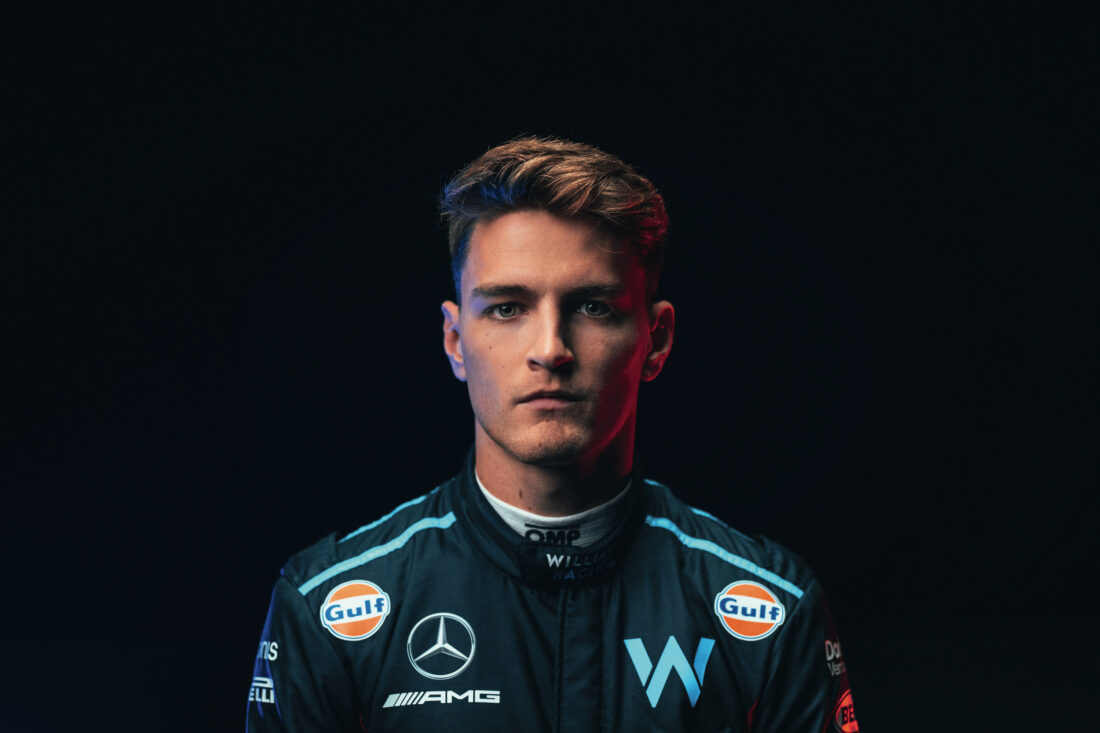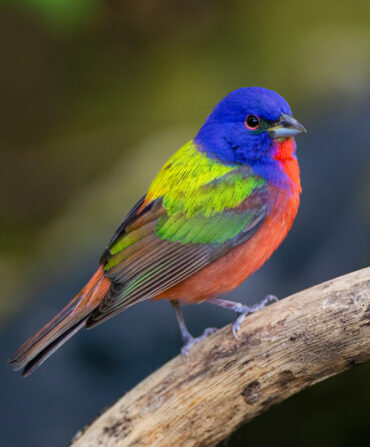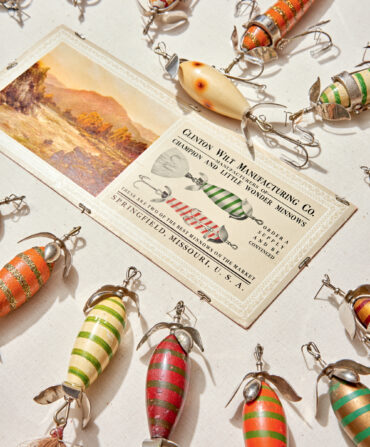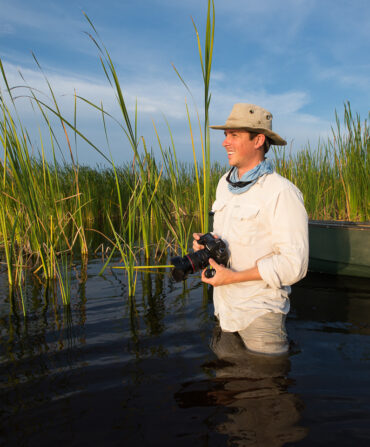Formula One racing has long been hugely popular in Europe, Latin America, Asia, and the Middle East. In the past few years, though, the U.S. fan base has swelled by millions, largely lured to the glitzy, globe-trotting sport by Netflix’s hit behind-the-scenes series Formula 1: Drive to Survive. The only thing that’s been missing for these new American converts is an American driver to cheer. Until the current season, that is, when Williams Racing chose Logan Sargeant to occupy one of F1’s twenty seats, thereby granting him admission into one of the most exclusive groups of professional athletes on the planet. Raised in Florida, the twenty-two-year-old has been racing since he was six, and relocated to Europe before his teens to advance his ambitions. But even while careening around tracks from Australia to Qatar, he remains a barbecue-craving, die-hard Dolphins-cheering Southerner at heart. Luckily, his rookie season will see F1 stage three stateside grands prix, first in his “backyard” of Miami, May 5 through 7, then in Austin and Las Vegas. No doubt, Sargeant’s life is accelerating even faster than usual. Then again, he’s used to the pace.
How did you first catch the racing bug growing up in Boca Raton?
I played a little baseball and such, then one day I drove a go-kart and really took to it. At that point, it was mostly about being a kid and just having some fun. But by a couple of years later, I was competing at a relatively high level in local karting races, and went on to win the Florida Winter Tour. Really, that’s where my career began. By twelve, I was serious enough about becoming a professional driver that I relocated to Switzerland, then to London. I wanted the toughest competition, and you had to go to Europe to race the best. Even then, actually making it to F1 seemed like a stretch, but that was the dream.
Why not channel that need for speed into NASCAR?
Oh, growing up where I did, I was more into NASCAR at first, and a big Jeff Gordon fan. But I remember, at eight years old, coming into the living room, where my dad happened to be watching an F1 race, back when [British driver] Lewis Hamilton was driving for the McLaren team. That’s the moment F1 came into my life.
And now you’re racing against Lewis Hamilton, seven-time F1 champion.
That’s the scary part. I’m lining up with guys from the first race I ever watched. But once you get strapped into the car and put your helmet on, you don’t care—it’s every man for himself.
What’s the biggest adjustment to driving an F1 car?
To be honest, it’s very different. F1 races are longer than [feeder series] F2 races, and so require more tire changes and pit stops, but in general that kind of strategy is handled behind the scenes, where others on the team can better monitor the overall picture. I control what I can control. These cars have so much more power and brake performance and cornering speed than anything I’ve driven before. The challenge is understanding how to utilize that and maximize the car at every opportunity. In F2, a driver can sort of hustle the car around the track, but in F1, you have to be perfect. And because of that, mistakes are much more punishing.
What about all the glamour that comes with an F1 seat?
It’s a much bigger spotlight, for sure. The media attention has gone up a lot, and I’m still getting used to juggling those demands. I have to balance all that with getting ready to race. As long as I perform at the high level I know I can, it’s going to be a good year.
F1 is a truly international sport. How do you feel about being the sole American driver?
Privileged and excited to represent my country the best I can. I want to attract the American fan base, and if they’ve already been cheering for another F1 driver, maybe they can now support two drivers. Hopefully, I’ll give everyone back home something to cheer.
Will you still have the big American flag on your helmet as you did in F2?
It will be somewhat altered on my new helmet, but yes, you’ll still see it on there.
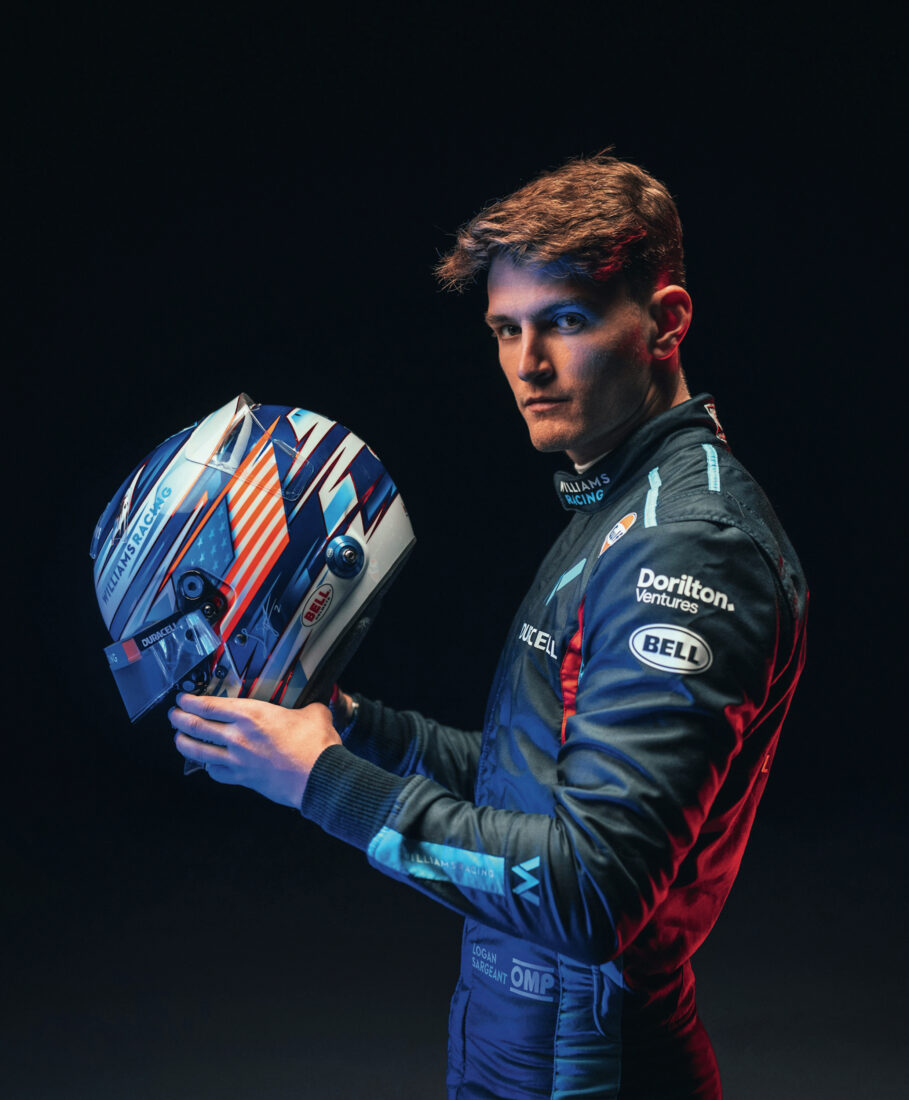
What races are you most looking forward to?
As a kid, racing in the Singapore Grand Prix and the Japanese Grand Prix were dreams of mine, so that’s going to be amazing to get on those tracks for the first time. Of course, the three races this year in the United States will be special, especially Miami. I was there behind the scenes at the inaugural Miami Grand Prix last year, which was very cool, and this year I’ll be competing in it. I’m a Dolphins fan through and through, Heat and Marlins too, so that’s basically my backyard. I’m really looking forward to having my family and friends there at the race and feeling that energy.
How do you reconnect to your Southern roots when you get back home?
The biggest thing I miss is the weather and beaches and being able to get out in a boat whenever I want, so when I’m back home in Florida, I spend a lot of time out on the ocean, just cruising or fishing. And, obviously, I have to eat some barbecue and wings. It’s also hard to find a good piece of prime rib in Europe. And sometimes I just need a proper American burger, the kind that when you’re eating it, you realize that you probably shouldn’t be eating it but that doesn’t stop you. For sure, I consume more calories when I’m home.


